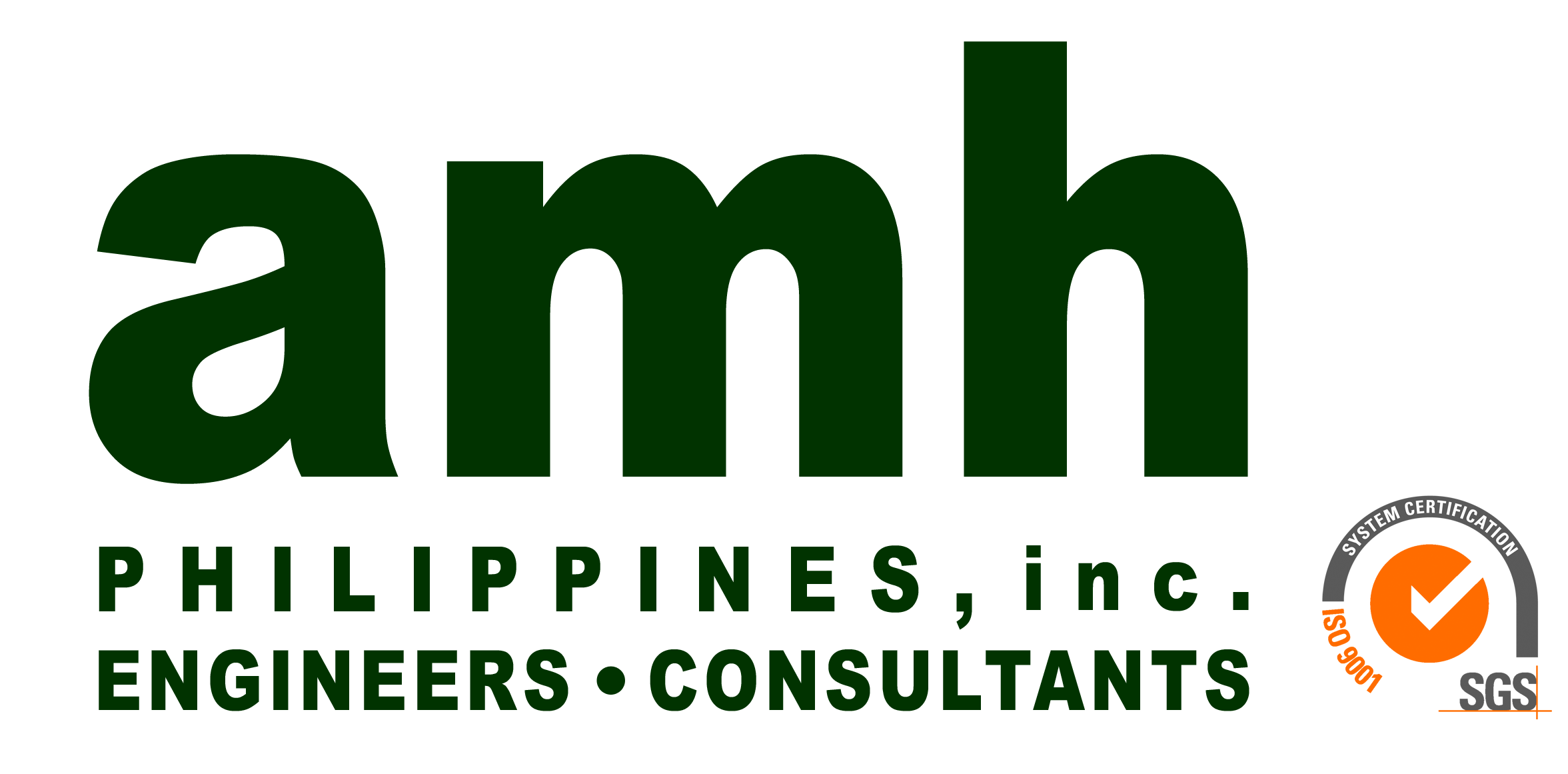Simulative analysis of saline discharge into a coastal bay
Author: Rachel B. Francisco, Clint Chester M. Reyes, Eric C. Cruz
Presenter: (For presentation)
Water quality in coastal areas is an emerging concern in the development of properties along coasts, as land use conversion promotes more pollutant-concentrated effluent while the same properties require good water quality for promotion of tourism activities. To enhance the preservation and protection of water bodies while in the pursuit of economic growth, the Department of Environmental and Natural Resources (DENR) issued the DENR Administrative Order (DAO) No. 2016-08. Guidelines for water body classification according to its existing condition and intended use were provided along with the effluent standards and parameters to be tested.
This study aims to observe the seasonal circulation pattern for a property bounded by coastal groins, specifically to determine its effect on the dispersion and transport of effluent discharge from the property coupled with varying the location of outfall structure to maximize the dispersion of the effluent through the natural circulation around the bay. Currently, numerical models are capable of simulating both advective and diffusive terms which are of high importance in determining water quality. For this particular study, the extent of effluent dispersion was investigated using density difference, mainly driven by salinity variation, between the coastal water and the discharged effluent in the hydrodynamic model (Figure 1). Two seasons, Amihan and Habagat, were simulated over a month-long period to observe the dispersion of effluent with 24-hour dozing time. The time-motion salinity field was used to determine the period of residence of salinity in the groin compartment, and to monitor any resurgence and/or effluent stagnation in the partially enclosed zone.
Conference/s:
PIANC 10th International Conference and Port Engineering in Developing Countries (COPEDEC X). Manila, Philippines, 16-20 November 2020For inquiries on how to obtain a copy of our publications and technical papers, please feel free to send us an e-mail at info@amhphil.com
